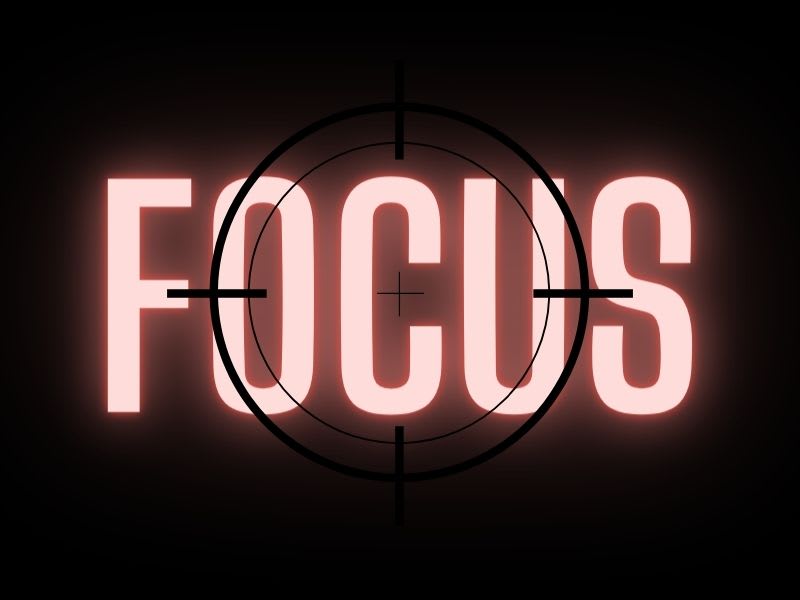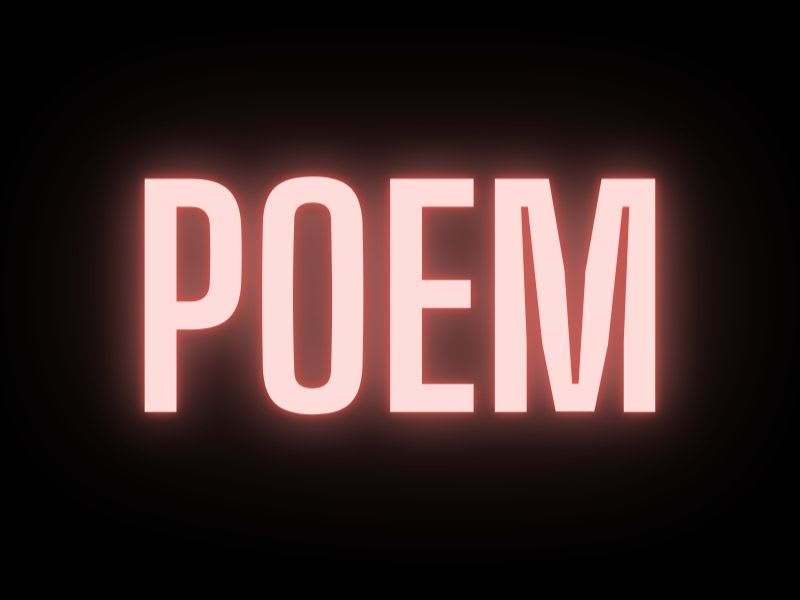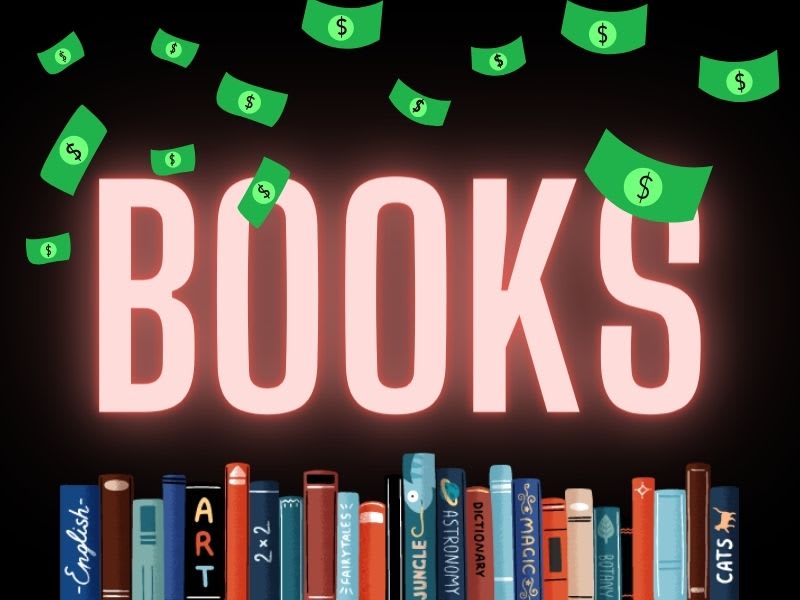How to write a killer sentence
In this writing workshop, we go back to basics and ask what makes a good sentence.

What is a sentence?
A set of words that is complete in itself, usually containing a subject, a verb and an object: the cat sat on the mat.
It can be a statement, a question, an exclamation, or a command:
The cat sat on the mat.
Did the cat sit on the mat?
That cat’s sitting on the mat!
Sit on the mat, cat!
It usually has a main clause, but it can also have one or more subordinate clauses connected by a conjunction (and, but, if, when etc.):
The cat sat on the mat.
The cat sat on the mat whenever it felt hungry, sad or flat.
Changing the syntax (arrangement of words) of a sentence can radically alter its meaning:
The cat sat on the mat.
The mat sat on the cat.
We can give a sentence color, texture and movement with the help of adjectives and action verbs:
The rugged cat sat purring on the pink mat.
We can give a sentence rhythm and we can play with its internal sounds(alliteration, assonance):
The cat spent most of its time picking, poking, pouncing and purring on the mat.
Some sentences can open paragraphs (topic sentence) and some can close them (concluding sentence).
The history of the cat that sat on the mat can be divided into three main periods: the catatonic, the catalectic and the cataclysmic.
In sum, the crucial link between the periods of cats in the tortuous history of the cat that sat on the mat is black fur.
Inside a paragraph, sentences fit together like bricks in a wall.
They serve a common goal: communicating meaning to a reader.
Which brings me to a crucial point: some sentences help create context, precisely in order for other sentences to stand out.
In other words, sentences in a text have different weightings. Trying to write a great sentence is trying to understand the correct weighting of the sentence at the point it appears in the text.
Do you go BANG! from the start or do you build up to a crescENDO? Do you make your sentence progression staccato (broken) or legato (smooth) to create tension or flow? Do you write short, sharp sentences for shock value or do you meander through multiple clauses to express seriousness and detailed reasoning?
So a great sentence is great in so far as it strengthens the text. This is the reason why you hear people say that 90% of writing is editing. Editing is essentially calibrating the weight of sentences to communicate meaning in a text with depth and vigor.
And here we get to the nub of writing: know what you want to say before attempting to say it.
In Alice’s Adventures in Wonderland, Lewis Carroll famously wrote “take care of the sense, and the sounds will take care of themselves.” Which means if you know what you want to say, you’ll have no trouble finding a way to say it.
If you try to work the other around, which is to string sentences together in the hope of achieving meaning, then you’re working in the dark. It’s not impossible, but it’s far more risky.
A great sentence is a great team player. It supports the rest of the team, but it is also not afraid to take a clutch shot to beat the buzzer. However, it can only take that shot if its fellow sentences are 100% in the zone.
Someone who’s sentences were 100% in the zone is Austrian poet, Rainer Maria Rilke (1875–1926). He saw each sentence in a poem as an “arrival.” Each one comes as something fresh and important to the reader and it moves the inner life of the poem forwards.
Let’s end this with five points towards writing a great sentence:
Know what you want to say before you start writing.
Think about the weightings of sentences in your text. Do the sentences that stick out produce the meaning? Do the rest strengthen the text?
Vary the rhythm, sound, color, texture and movement in your sentences.
Make each sentence an “arrival.”
Cut all sentences that don’t do any of the above.
Related How-tos
How to stay focused as a writer
Here are some simple tips on how to keep momentum while writing.

How to write a poem
This simple guide is a starting point for anyone interesting in writing poetry.

How to Sell Books on Amazon in 2024: A Beginner’s Guide
I’ll show you how to get started with selling books on Amazon, from finding inventory to listing your books and fulfilling orders.

